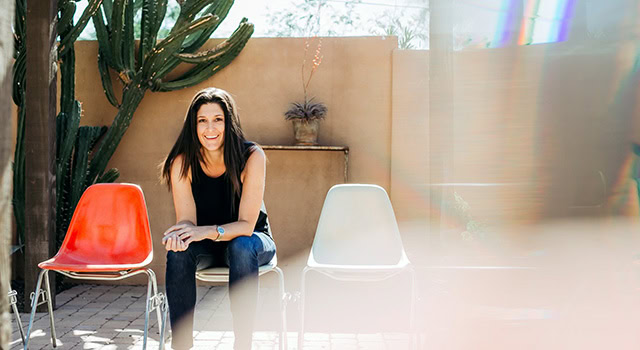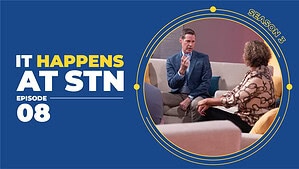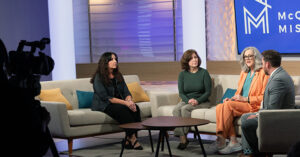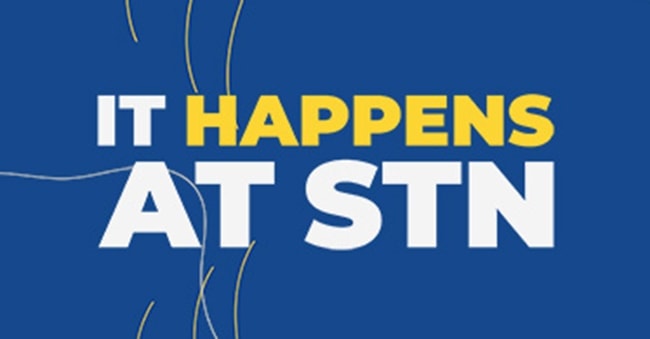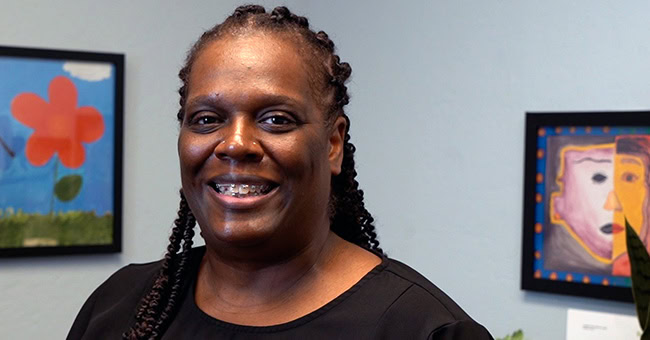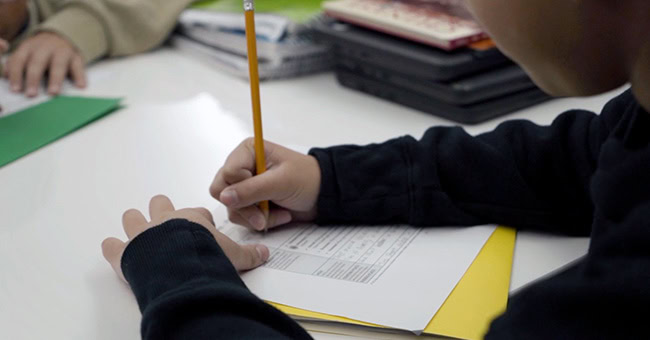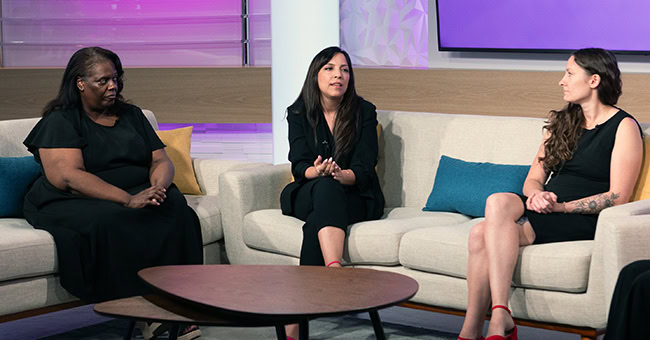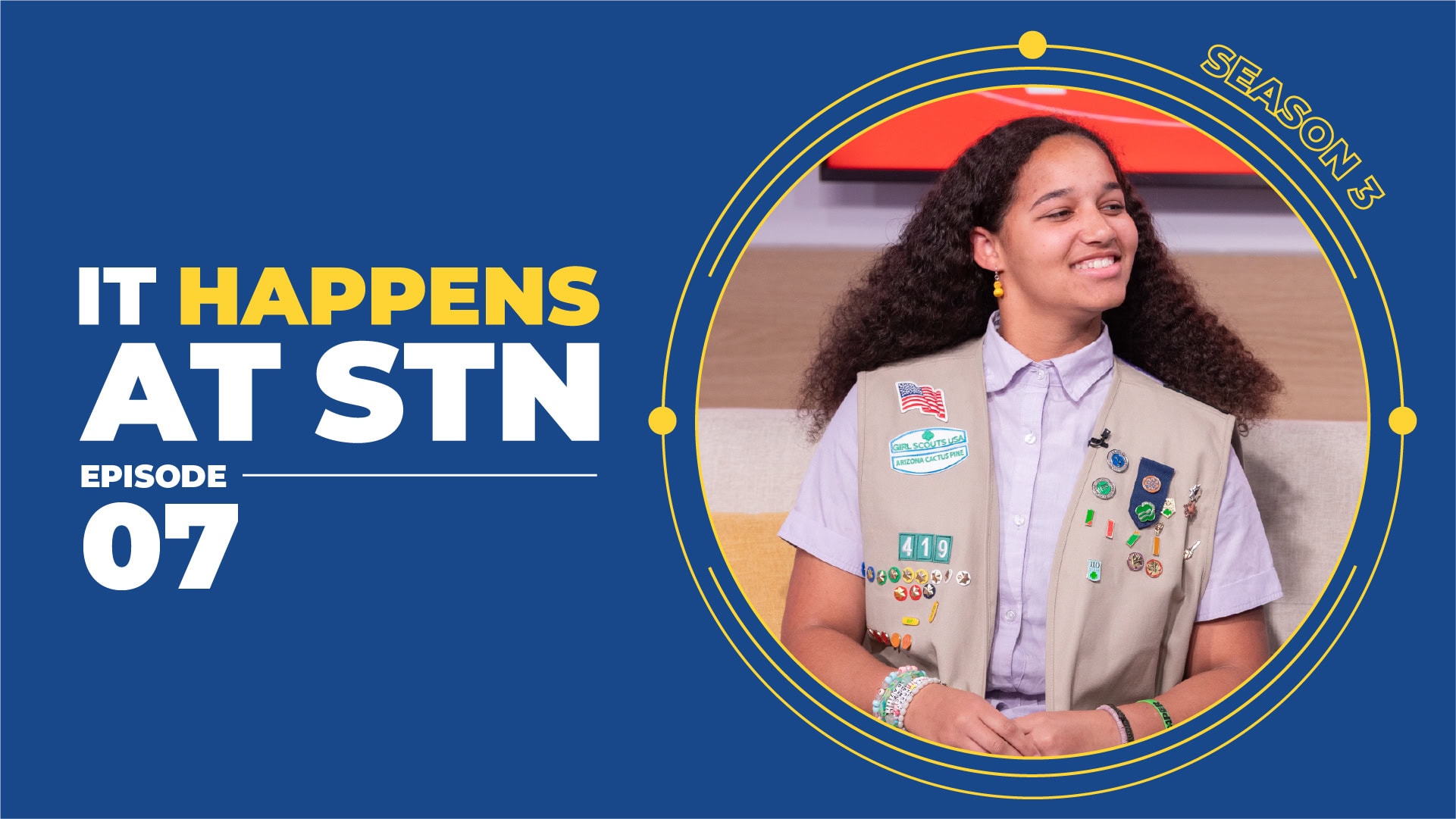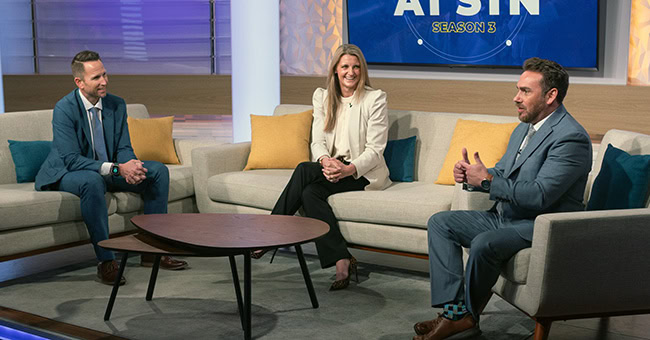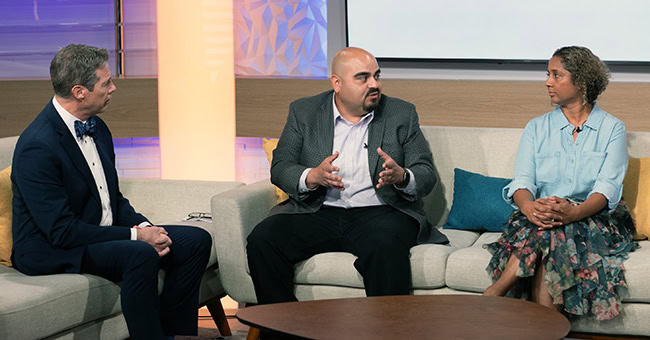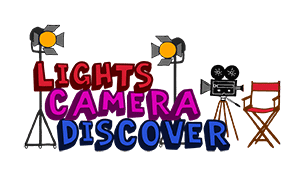Phoenix, AZ (STN) – Practical Art owner Lisa Olson is a rare breed. She is an Arizona native and loves the summer heat found in the Grand Canyon State.
“I love the speed Arizona moves at in the summertime. Everything and everyone seems to slow down and you can get to know someone a little better,” said Olson.
That love for Arizona has contributed to her success in running the gallery for the last 16 years.
Since the gallery opened in 2008, working with just eight artists, Practical Art has grown to support over 200 artists, created an artist residency inside their retail location in Uptown Phoenix, and has an art club with 35 sustaining members and growing.
None of it would have been possible without community and collaboration. Olson said the business and the galley are all about people and making the places we live, work, and play a little more beautiful. She believes that by using art and the power of community collaboration, we can make every community a better place for everyone to thrive.
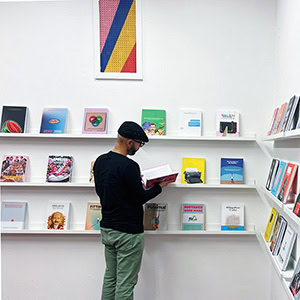
STN:
Where are you originally from, and what was your childhood like where you grew up?
Lisa Olson:
I was born and raised in Arizona. I am genuinely one of those people who thoroughly enjoy the summer heat in Phoenix. I know I’m alone in this love. It seems like everything slows down a little bit in the summer. I love it. Everyone gets to know each other a little better during the summer. People slow down long enough to have genuine conversations, versus the sort of rat race of the holiday season, and when the weather is nice, there are usually 80 events happening on any given day and you try to find a way to be at all of them.
I grew up in Tempe and went to Marcos de Niza High School. I skipped my senior year at Marcos de Niza and went to Scottsdale Community College where I found my voice and love of photography. Later, I transferred to ASU and got my degree in Photography.
While I was at ASU, I started working for the campus newspaper called The State Press. I got into photojournalism and coming out of college I got an internship with the East Valley Tribune. Eventually, I was brought on full-time as a photojournalist at the paper. I enjoyed covering sports the most while I was there. My claim to fame is Shaquille O’Neil kicked me during a game while I was sitting in photographer’s row trying to take photos for the article the next day. Sports photography was my thing while I was working for the paper. I was never very good at sports but I was good at sports photography.
I loved competing with the other male photographers to see who could get the best picture from the game that day. We all kept score to see whose photos ended up on the front page. I am proud to say I competed very well.
STN:
When did you realize you wanted to open an art gallery?
LO:
In 2008, the great recession hit and I was let go from the East Valley Tribune. I knew it was going to happen the night before. I was weirdly excited about it. I remember I was at a Diamondbacks game with my dad and I told him I was going to be laid off the next day. He said to me, you seem excited about it. What are you going to do? I told him, I wanted to start an art gallery.
I loved the job, and the people I worked with, but I thought journalism was heading in the wrong direction. Everyone was concerned about getting stories online first, rather than focusing on the facts. One of the things I love about STN is that you all take the time to focus on subjects that affect everyone in Phoenix.
Thankfully, we had a family friend named Jane Reddin, who had just opened Practical Art in April of 2008. The day after I got laid off at the Tribune I drove from Mesa to the gallery in Uptown Phoenix, I opened the door and told Jane I was going to open an art gallery. She quickly brought me back to reality. She asked me what kind of contracts are you going to have. Where is the gallery going to be located? What type of art are you going to show? Then she laughed, told me she would help me figure it out, and hired me on the spot.
Unfortunately, later in 2008, Jane was diagnosed with breast cancer which eventually turned into leukemia. While she was sick I took over managing the gallery for her with the asterisk that she was coming back to take over when she was healthy. As time went on it was best for Jane to be in Texas where she had a sister who was a doctor and a brother who lived there as well. Once she was in Texas I more or less took over ownership of the shop with that same asterisk. Sadly, in 2011, on Super Bowl Sunday, Jane passed away. From that point on I became the sole owner of the gallery. To this day I still do not watch the Super Bowl because it is a very painful day for me.
STN:
What was it like going from learning how to run an art gallery, to learning how to do it by yourself, while still mourning the loss of someone who was an important influence in your life?
LO:
The first five or six years after Jane passed was hard to hold the place together while still trying to honor Jane. If I am honest, I never realized how much I did not mourn her because I was going all the time. The business was not monetarily sustainable at that point, during the summer I would not pay myself. I scrounged around and somehow made it work.
One of the biggest lessons I have learned in my 16 years at Practical Art is that no one knows what they are doing. We are all throwing ideas at the wall to see what sticks. I have learned to lead and work from the most authentic place possible. I am a hard worker. I am down to try anything. Some things are successful and other ideas are not, but you always learn something from your successes and your failures. It sounds so cliche but I believe that you learn from everything you try to do.
STN:
What was the most impactful lesson Jane taught you?
LO:
Jane was one of the most genuine people I have ever met. What she said was what she did. She believed in me in ways that I didn’t believe in myself. I am self-diagnosed dyslexic. Reading is a challenge for me. It always has been. Writing is also difficult for me. Most of the things written for Practical Art have been edited by my father and sister. Jane never made me feel like my writing was a weakness, but rather something I needed to work on.
When she moved to Texas, most of our communication was via email. She would write an email, I would respond to it, and then she would respond again, but she would edit what I had previously written to her so I could learn from my mistakes. She never wanted me to be afraid to make mistakes, but when I did she would point them out and teach me how to correct them. She lived with honesty and intention, even while she fought leukemia, she gave it everything she had. She tried a second bone marrow transplant even though her friends and family did not want her to. But, she insisted. She said even if this does not work for me it might help them figure out how to help someone else with leukemia. The most important lessons she taught me were, to be honest, always try your best, and live with intention.
STN:
During the first few years running Practical Art what did you learn about yourself?
LO:
One thing I am constantly reminding myself of is that it takes a village to succeed. It is okay to ask for help, and again, it is okay to fail. About five years ago, I set a goal for us to rely on something other than holiday sales to make our sales goals for the year. I did not want us to be a part of the holiday rat race. I want people to casually shop for their gifts. I do not want people to be in a frantic rush searching for something they need to have. When November and December rolled around I got myself into a panic because there was not an influx of holiday traffic coming through our doors. My sister Karen pointed out that this was the goal I had been wanting to reach, but now that you have found that success you don’t know what to do with it. That was when I realized that it is okay to rely on your community to help you achieve your goals, whatever they might be.
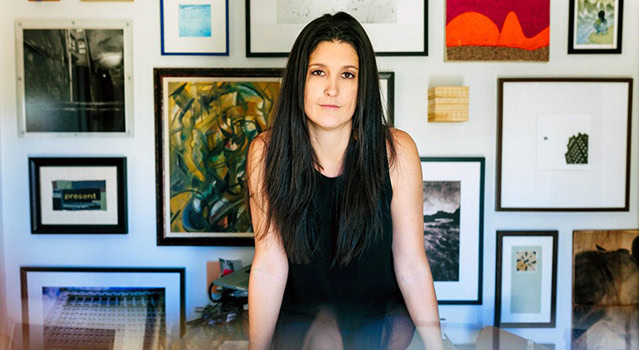
STN:
You have a village of artists that help make your business work. How do you find the artists you want to work with?
LO:
We work with around 200 local artists, I often tell people it is like herding cats, and I mean it positively. We have 200 people all making beautiful things, you would like to be able to duplicate all of the things they make but that is not how art works. I have had to build our village to make it all work. We started with 8 artists, pre-pandemic we got up to 150 and now we have 200 artists in our Practical Art family. We have an application on our website so most people find us when they want to work together and often our artists will introduce us to other people they feel would be a good fit.
STN:
What are your plans for the gallery?
LO:
We are launching a new website this summer. Fingers crossed. It has been a journey of tears and joy. When it is done it will streamline our shipping process and allow us to ship to customers all over the world. There are three of us working here and often people think we are a much bigger team. I am all about anything that will keep us as efficient as possible and allow us to get more community art into the hands of customers wherever they live.
During the pandemic, we started a new art club where we brought in a new artist every month to create a new piece for everyone in the club. It is a cool way for us to bring in a new artist, they get to make some money, and our members get a new piece of art for their home. It is also another way for people to talk about Practical Art with their friends and family and maybe we get a new customer as well. In 2020, although there was a worldwide pandemic we had one of our best years as a business. It speaks to the power of the community we have built both with our customers and the artists we bring in. We were able to provide people with something beautiful to put in their homes during a horrific time, and we were also able to sustain our business and the business of the artists we support. Right now the art club has 35 members and we hope it will grow to 40 or 50 members.
I would like to expand our Jane Ridden Artist Residency to a quarterly exhibit in the gallery, and I would like to get some grant money for the residency. I would love to collaborate with large businesses in the valley to support local artists and community art installations in the Phoenix area.
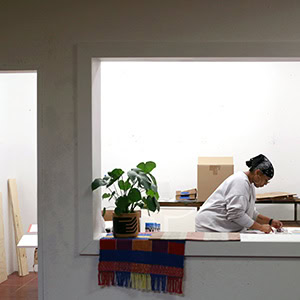
There are plans to do a monthly coffee meetup at the shop which I would like to morph into some kind of dinner series. I recently returned from the Venice Biennale festival, and it gave me the lofty idea to shut down Central Avenue for a big dinner and art festival. I have no idea what that would look like but I want to put it out there and we will see what will happen. Plus, now it is in this interview so it is going to hold me accountable to the idea.
Ultimately, I want to keep showing people how art can change lives. Art can revitalize outdoor community spaces and change neighborhoods. I like where the gallery is a business, we are stabilized, so now it is about percolating ideas and seeing which ones stick.
For more information on Practical Art visit their website.


